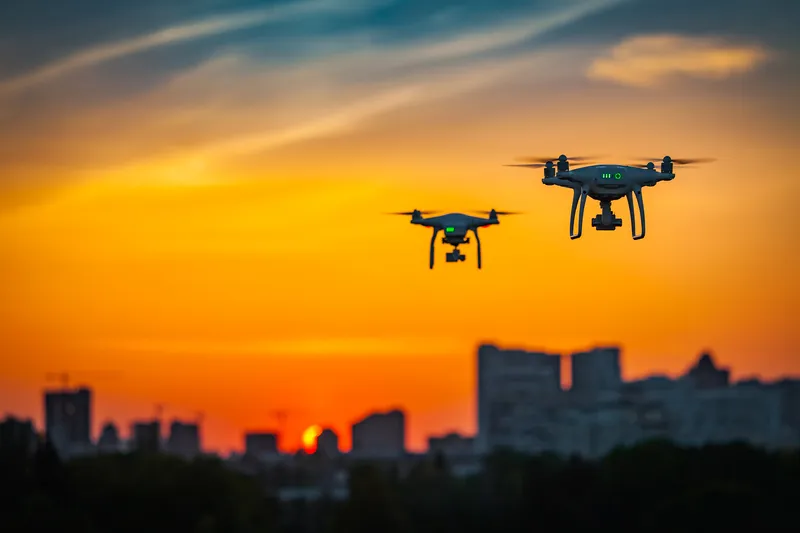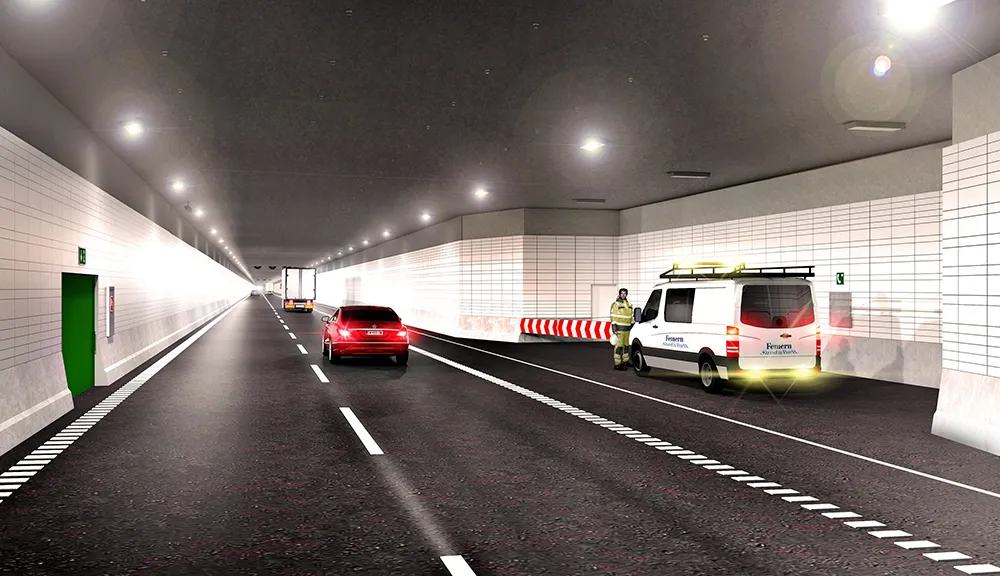
Three companies are combining their efforts to make roadworks safer for both road operatives and drivers. Demonstrations will be taking place at the show all week of the new system, which brings together
Greenway is showing its new RGB LED full-matrix sign, which is fully autonomous of power supplies, running off batteries that are recharged by a solar panel. The sign is just part of a system that can combine radar, webcams and Bluetooth sensors to give a precise picture of traffic flows.
The signs co-ordinate with Versilis’s lane closure system, whose SwiftGate pivoting barriers swing open to taper vehicles away from the lane that is being worked on. The third part of the system is Lindsay’s ‘Road Zipper’ vehicle, which moves concrete lane barriers into new positions or to ensure the safety of road operatives working behind the barriers. The SwiftGate system can be controlled by the driver of the Road Zipper or via the Greenway system.
“This is the first time we’ve linked up with Greenway,” said Paul Grant, of Lindsay’s QMB marketing and operations. “For ITS we wanted to show a combination of the various technologies.”
“All three companies are working together to create one system,” said Matthias Müller, Greenway’s managing director. “The idea is to create a new application together.”










